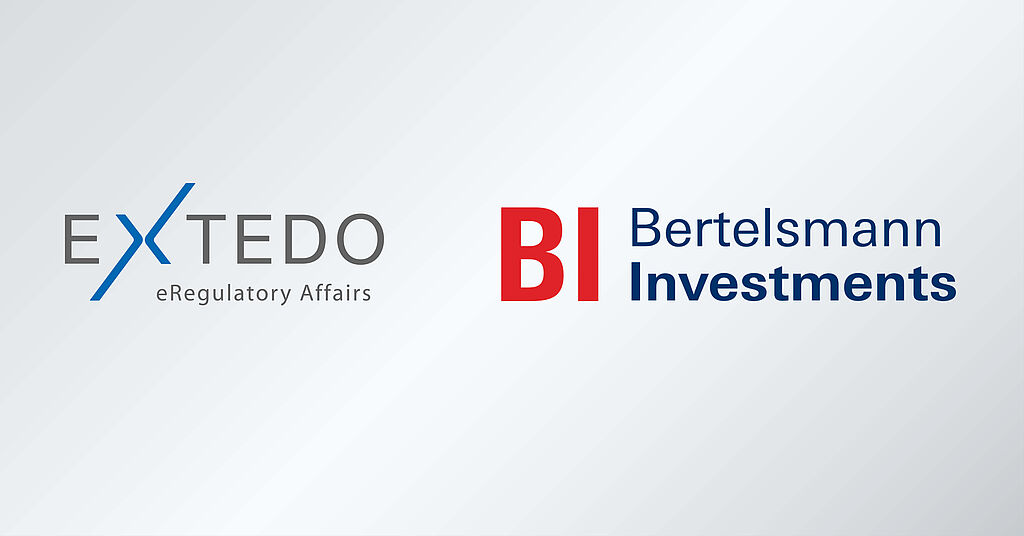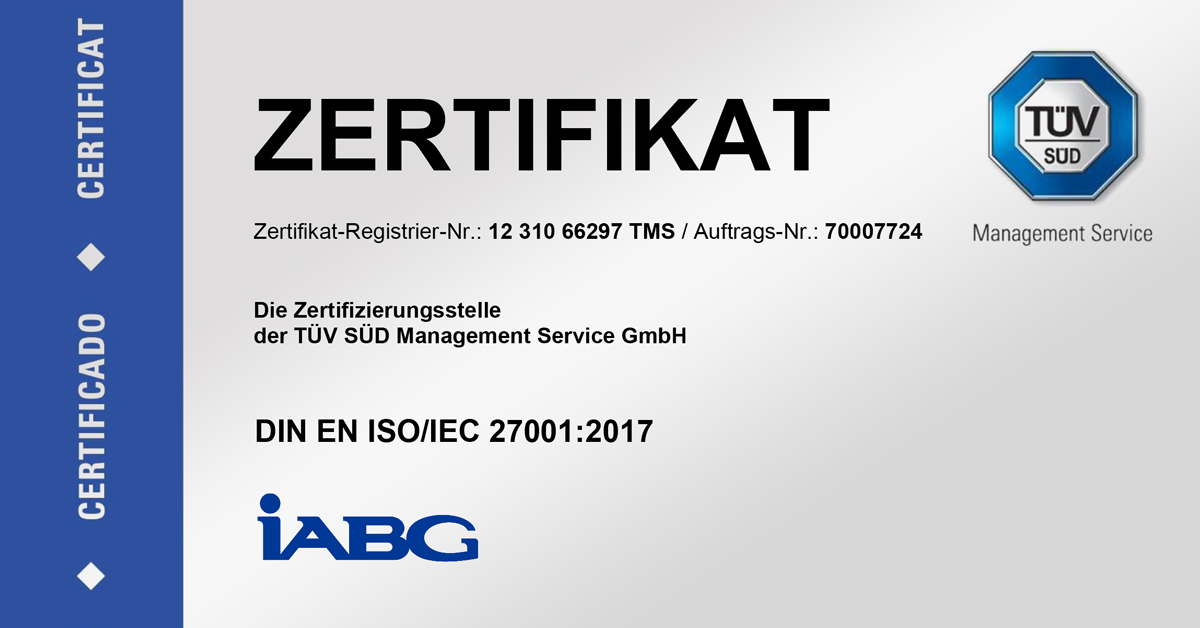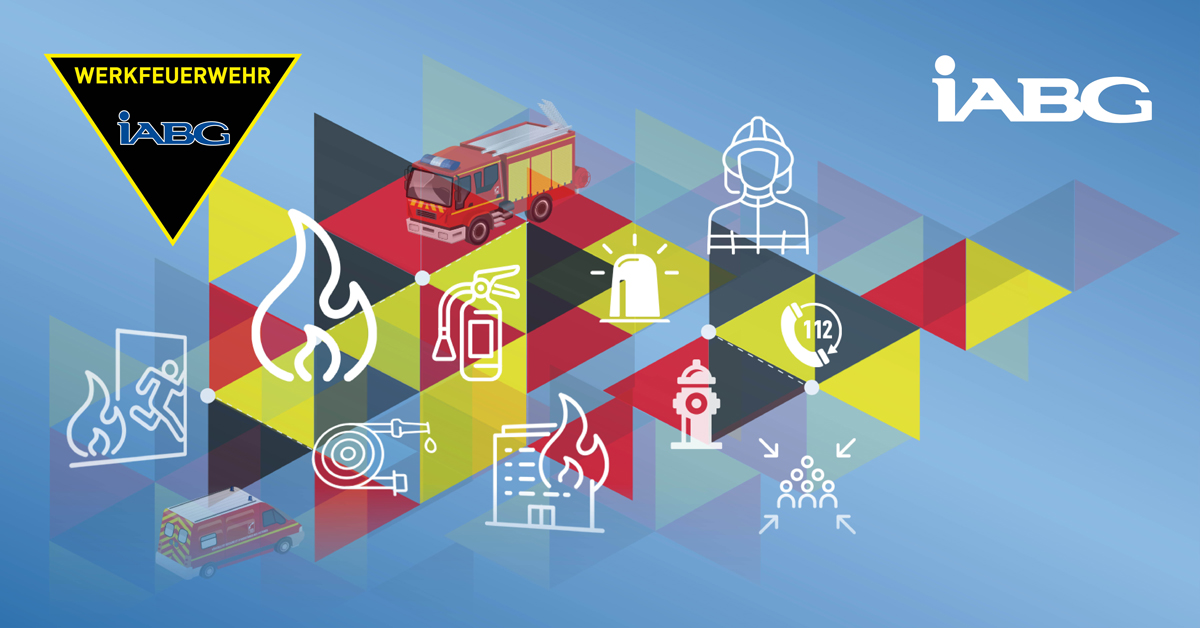A work group consisting of Infoterra, IABG and DELPHI IMM currently updates and supplements geo data for a surface area of some 360,000 square kilometres. The main mapping phase commences in the production centres in Potsdam and Dresden. The first project phase of the present update of Germany’s digital landscape model (DLM-DE) has been successfully completed: The DLM-DE work group coordinated by Infoterra GmbH provided a test mapping of 2,700 square kilometres in the Munich region to the Federal Agency for Cartography and Geodesy (BKG). This mapping has now been examined and accepted. Thus the main mapping works can start as planned at the beginning of October. The entire update is to be completed by the end of 2010. The contract was awarded in May 2009.
In the state-of-the-art production centres in Potsdam and Dresden a group of 30 mapping experts from Infoterra, DELPHI IMM (Potsdam) and IABG will examine the DLM-DE current status using satellite photograph data. Land coverage and land use are supposed to be considered, content-related and geometrical changes are collected and objects, which so far have not been DLM-DE components, are added. For instance recent extensions of residential and industrial areas or changes of forest, field and grassland areas are being mapped. The minimum mapping surface amounts to 1 ha, the target year is 2009. The data is examined and updated using highly efficient, semi-automatic data processing tools. Hence time and costs can be saved and data quality can be guaranteed.
Within the work group the individual project partners are responsible for specific tasks. Apart from the collection of land use changes, IABG also takes over the implementation of the data base scheme and is responsible for the preparation of the quality assurance concept as well as for the development of software tools both for an efficient mapping and for quality assurance purposes.
In light of the task ahead, project manager Marek Tinz of Infoterra is aware of the complexity, but he is also convinced: “To provide a complex update in such a short time is surely a major challenge. In addition the BKG demands a total overall accuracy rate not lower than 95 percent” states Tinz. “However, our experience from similar projects and the test mapping show that our work group teams are able to meet these requirements.”
IABG’s Johann Sehner adds: “The successfully accomplished test mapping is the result of the excellent co-operation of the project partners within the work group. It is an important first step on the way to a comprehensive update of Germany’s digital landscape model.“ The German satellite constellation RapidEye is the primary data source for the mapping which is supposed to include Germany’s entire surface area for the first time: 750 tiles sized 25 x 25 km2 respectively are necessary in the process. The data acquisition phase has been running since the beginning of July and is supposed to be completed in the vegetation period 2009, if possible.
In the context of this update the DLM-DE is supplemented in such way that the information contained corresponds to the classes of the European land use mapping system CORINE Land Cover (CLC). Thus a geo data pool for Germany is developed which can serve as platform for various applications in the sectors environment, land and forestry, water protection, traffic, security and land use planning. The new DLM-DE then provides a state-of-the-art and solid basis especially for interdisciplinary questions, which require precise measurement and environmental information. The new DLM-DE not least also fulfils the specifications of the so called “Land Monitoring Core Service” - a component of the European GMES program and will be part of a harmonized cross-border European data pool.


